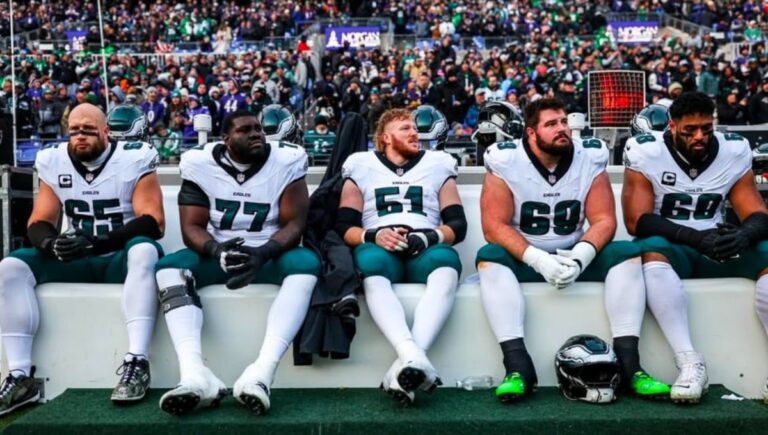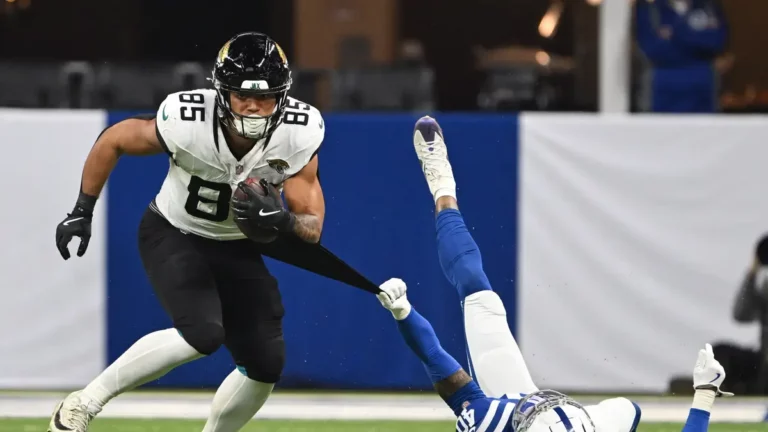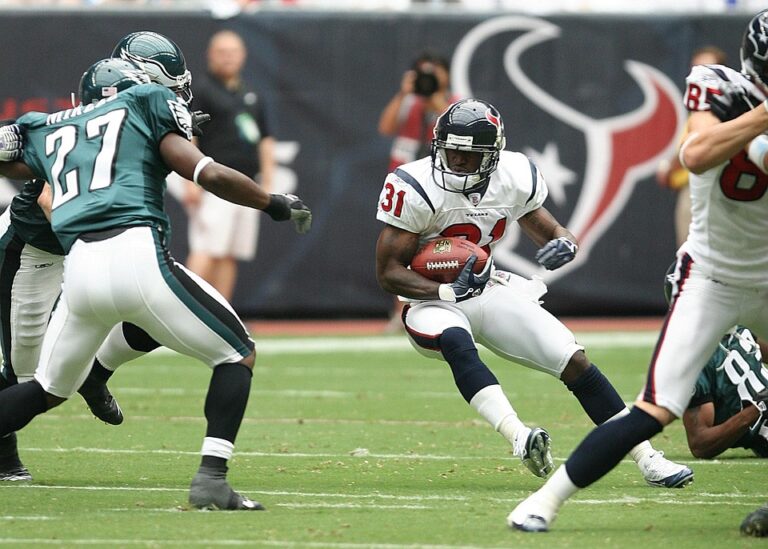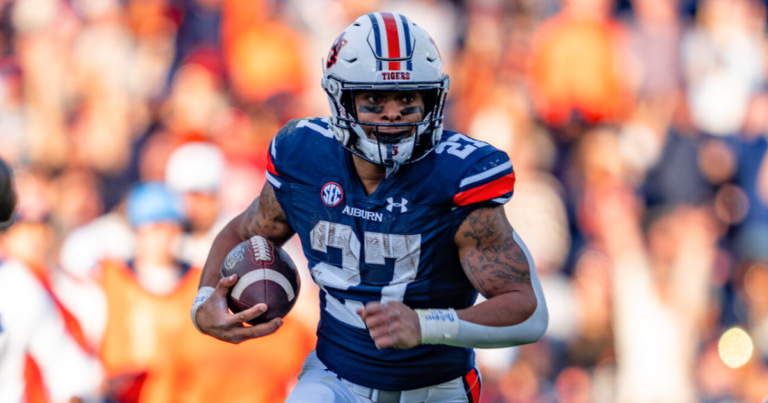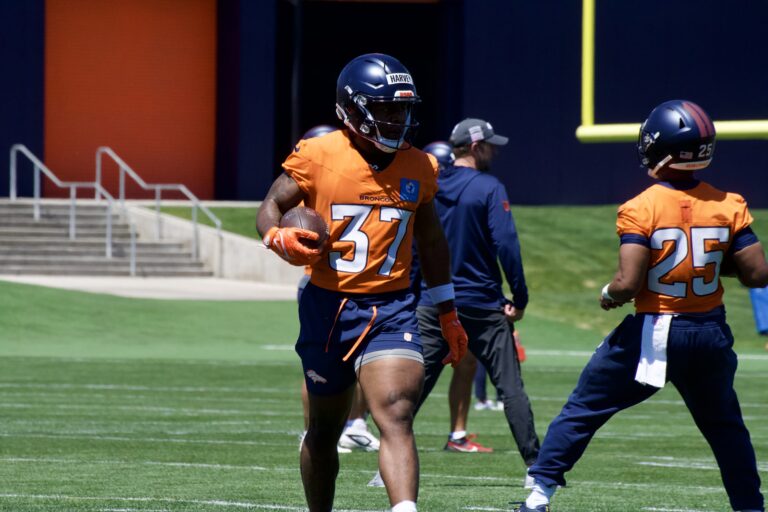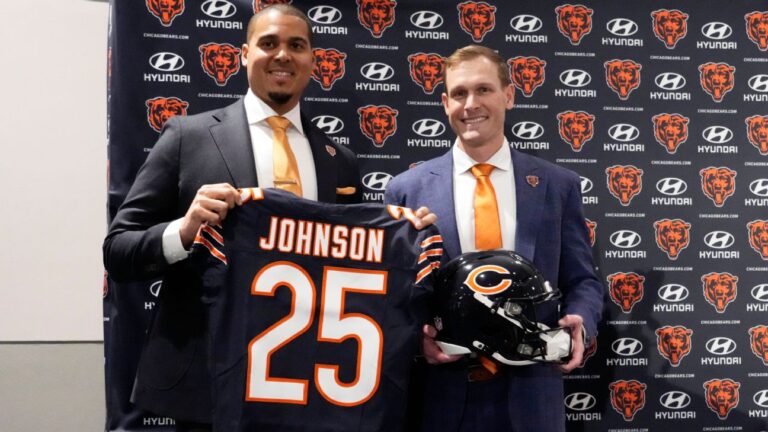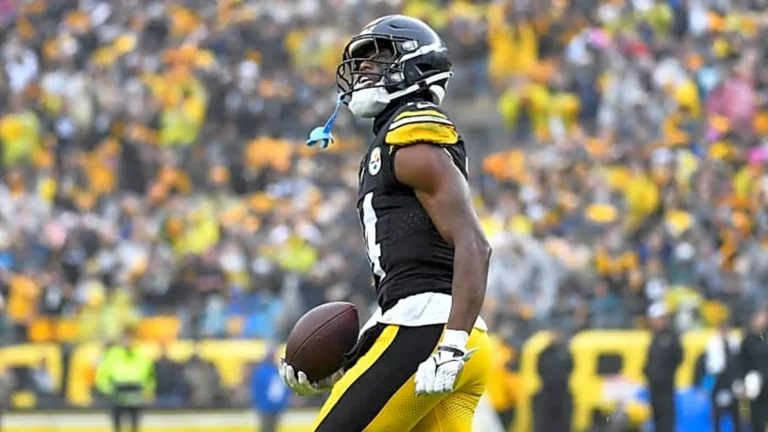Johnny Manziel is a Class A douche who wasted whatever talent he might have had, but at least he was right on with the money sign. Fantasy Football Auctions are all about the money. Whoever manages their budget the best and makes shrewd bidding decisions is in great shape to take down the league.
I’m going to share 5 strategies with you today to ensure that you kick ass at your next fantasy auction:
Be Flexible: Have a Plan but Don’t Be Afraid to Deviate
Every year I see guys who enter an auction with no plan and they always end up at the bottom of the league – don’t be that dumbass! While you may be able to fake your way through a snake draft by just following a random cheat sheet, the same cannot be said for an auction. If you bid too much early, you get stuck with no budget and have to wait forever to get scrub players at the end. If you don’t bid enough early, you get stuck overpaying for mediocre talents. There’s a definite balance in how you bid and where you spend your money so it is important that you identify which positions you want to spend your money on and how you want to divide it up.
For example, if you feel good about getting a bargain QB and TE, then plan to budget a small amount for those spots and allocate most of your money towards RB and WR. The most important thing here is that you know going in how much money you plan to spend and where you want to spend it so that you have a direction. Otherwise, it can be easy to just spend on guys you recognize early and miss out on players you need later.
The caveat here is that draft flow is going to play a huge part in whether you stick to your plan or not. If others are hesitant early, then it makes sense to pounce on some early bargains even if you had not planned to go after those players. You can always adjust your budget to account for what you’ve done. For example, you may have intended to go heavy with top WR and bargain hunt at RB, but if DeMarco Murray is selling at a major discount because other owners are hesitant to spend big early, then you shouldn’t let that bargain walk away. Conversely, if you were planning to roster a top end WR but the big three (Antonio, Julio and Odell) are going for way over their value, it is better to sit back and let the other owners blow their money and just adjust your plan to maybe grab two guys from the lower tier at WR instead. The goal here is to pack the most points on your team and you do that by spending your budget wisely and taking advantage of the mistakes of others.
Be Unconventional: Nominate Your Kicker Early (Like First Round Early)
Have you ever been in the position where your hands are freezing but you badly need to take a leak? You know you’re going to have instant shrinkage the second you grab your piece, but you’re a man and it’s against the man code to sit when you pee, so you endure the cold hand and allow your Johnson to become a cocksicle. That awful scenario is about the same feeling I get any time I have to draft a kicker. Seriously, kickers suck and my hope and goal for fantasy football as a whole is that we won’t be using kickers 5 years down the road (DraftKings already feels me on this).
However, right now kickers are a necessary evil in most of our leagues, and as such, if you have to take one you might as well get the best or waste other people’s money. I always nominate my kicker in the first round, every year, and here’s why. If you are the first person to name a kicker, then you can name the absolute best kicker (I’d go with Justin Tucker as my guy) and you should get him for $1 if the people in your league are sane. While it is a small advantage to have the theoretical best kicker, it is still an advantage and it’s better than settling for the 8th best kicker at the same price of $1. Even better, if somebody decides that they want that best kicker and bids $2 then you’ve just wasted $1 of an opponent’s budget and you get to make fun of them mercilessly for overspending on a kicker. Either way you win.
This is not just limited to throwing out a kicker’s name in the first round, you can be unconventional in other ways too. Many times people like to put the studs out early because that is the quickest way to drain money from other teams and form the top end of rosters, but just because others are doing that it doesn’t mean you have to. You are entitled to bid on any player that is named so the only times it really matters if you threw out the name is for the aforementioned kicker (because he’s likely to not be bid above $1) and at the end of the draft when you are filling in $1 players. I like to throw out highly talented backup RBs before the starter is drafted to see how it shakes out. For example, toss out Derrick Henry before DeMarco is nominated and see what happens. Either you get him for cheaper than you should because nobody is tied to needing him yet or watch somebody overpay for him, at which point, you know you can bid them up on DeMarco when he inevitably gets called out.
Know Your Dollar Amounts: Don’t Just Trust Any Dollar Amounts, Adjust For Your League’s Settings
There are plenty of magazines and websites that will provide dollar amounts for every player. It is never terrible to take a look at the dollar amounts of players on the website you use for your league (i.e. Yahoo, ESPN, CBS, etc.) because odds are good that many of your competitors will be using those dollar amounts and you can identify good buys and overpriced players with that information. However, you should always look at a different source that you trust (I’d of course suggest RotoStreetJournal’s draft guide) to get an idea of how much value each individual player should command.
That being said, even our numbers aren’t going to be an exact perfect match for every league out there, it’s just impossible to do. Some leagues use PPR scoring, some use 1/2 point PPR, some don’t use PPR at all. Some make you start 3 WR and 2 RB with no flex, others use 2 RB and 2 WR with a Flex. Regardless of how your league works, the point is that there are many different ways to set up a fantasy football league and all of those scoring and lineup options are going to affect the values of individual players. Additionally, whether you are an 8 team, 10 team, 12 team or other league will change how much talent is available per team and therefore change the player value. If you don’t have time to work on your own dollar values, try to find values that match as closely to your league settings as you can. Also, once you have dollar values, it is fine to go over by a few dollars for players you really want, but don’t fall into the trap of “having to have” one particular player at any cost. Even if you love the guy, he probably isn’t worth going $10 over your value for him. As with anything, there’s a fine balance here, you have values for a reason so stick fairly close to them but recognize that no value is going to be exact so it’s okay to go an extra dollar or two for guys that you really want.
Pay Attention To League Size: Your Strategy Should Depend On How Deep Your League Is
While it is important for you to keep your league size in mind for any fantasy draft, it is exponentially more important in an auction. You have significantly more control in an auction about who you choose to invest in and how you want to shape your team than you do in a snake draft. The three most common strategic approaches tend to be “Stars and Scrubs”, “Balanced” and “Bargains”. Basically with a “Stars and Scrubs” approach, you spend big on a handful of players and fill in the rest of your team with $1 players at the end. With “Balanced” you spend fairly evenly across all positions and players so you don’t have any real studs but even your worst starter is a quality player. With “Bargains” you just wait around until guys start selling for prices lower than what you value them at and scoop them up. If you are in a small league (8 team league or 10 team league with minimal starting positions) then you are best served by using the “Stars and Scrubs” approach. You get the top talent to carry your team and then try to hit on a cheap player or two. This works because you have less teams sharing the talent so your $1 players aren’t total trash and if you make a good move or two on the waiver wire you can go all the way. With a deeper league you can’t get away with loading up on $1 guys because the talent level is too low so you’re better off trying to employ a combination of scouting for bargains and balancing out your budget.
To be clear, by bargain hunting, I do not mean that you should avoid paying for studs. If you have a guy or two that you like, then spending for them is fine, just don’t overspend because you fall in love with a guy. Your value for a player should be based on what you expect them to do, if they are starting to cost more than the value you have for them, then you’re just paying extra for less production. However, if you’re frozen at a value and assume that everybody must go for cheaper, then you’re just going to roster mid-level guys and leave money on the table. For example, if you have your top three RB valued at $50-$55 each and two of the three sell for $60+ then getting the last one for $55 may actually be a bargain even though it is not cheaper than your dollar value assigned to the player. Bargains can often be determined by the cost of similar players, so don’t feel that you must get a player for cheaper than your value or you risk getting stuck with lesser players.
Be Mindful of Drop-offs: Try to Never Wait Until the Last Player In a Tier
There’s a concept in fantasy sports that each position has tiers or levels of talent. For example, the top QB tier might consist of Tom Brady and Aaron Rodgers and the top RB tier might be LeVeon Bell, David Johnson, and Ezekiel Elliott. Many times in an auction what will happen is that the top guy in a tier will set the general price range for the entire tier. Sometimes you can find bargains in the top guy of the tier because others are afraid to test the waters and you should always take advantage of that if you can, however, there will be times when you want a guy from that particular tier and there will be only two left. As an example, let’s say that you consider Antonio Brown, Odell Beckham, Julio Jones and Mike Evans to be the top 4 WR and you think the position drops off a bit after them. If it’s your goal to get at least one of those players, then you should obviously try to get Antonio for a reasonable price since he’s the top guy on your list. We’ll say that Antonio sold for $50 which was a little too rich for you and then Odell sold for $47 and you missed on him too. A lot of people would sit out on the Julio Jones bidding and wait for Mike Evans under the assumption that they’d get him for cheaper because he’s 4th on their list and Julio ranks higher. What actually happens is that once Julio goes for whatever price he’s going to cost, you now have only Evans left in the tier and if somebody else badly wants that last top WR as much as you do, it can spark a bidding war over Evans and make him cost as much or more than Julio. It is much better to go after Julio in this situation when Evans is still out there because if somebody else were thinking about getting a top 4 guy, you should be able to shake them off of Julio easier because they believe that they can always just go after Evans.
This is particularly important to keep in mind at the midway point of the draft when you and a few other teams may have similar budgets left and you share the same need. Last year I saw Josh Gordon sell for the same $34 price as DeAndre Hopkins in a league because Hopkins was nominated at a time when there were still other better WR available so he was had at a bargain and Gordon was nominated when there were no other WR with any kind of upside left and a few teams had tons of money and a thin WR corps. This is obviously an extreme example, but it’s always better to commit to a player earlier in the tier than wait for the last guy and be surprised by a bidding war that leaves you regretting that you didn’t bid more aggressively for an earlier player.
Again to summarize, don’t be afraid to bid on players at the top end of a tier if you like their price but also don’t wait until the last player in a tier because that often backfires and costs you more than he should.
If you’ve never tried an auction league before, there’s never a better time than now to do it. They can be more fun and engaging than a regular snake draft and the action never stops. Follow these rules and you should be poised to take down the trophy in any auction league you enter!



















